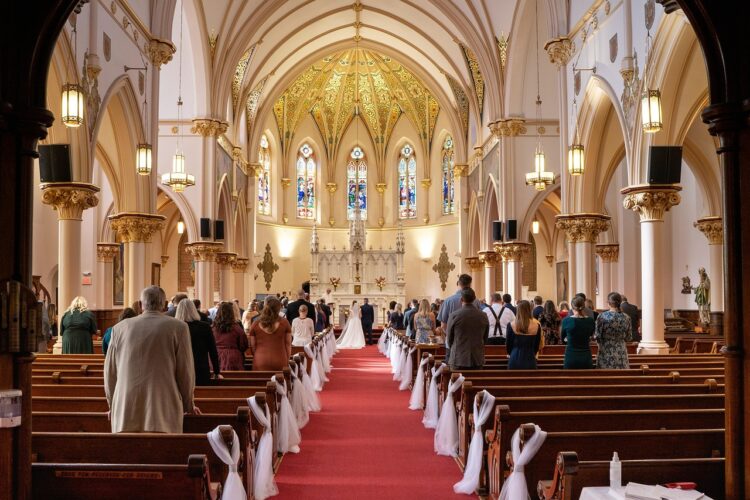
Most churches don’t struggle because of a single big issue. It’s the small things that build up — quieter rooms, fewer volunteers, stretched budgets, tired leaders. Faith communities that once felt full of noise now carry more echo than laughter. Still, behind those slow Sundays, there’s a real effort to hold things together. These are some of the challenges churches face as they try to stay meaningful in a changing world.
Keeping Young People Engaged
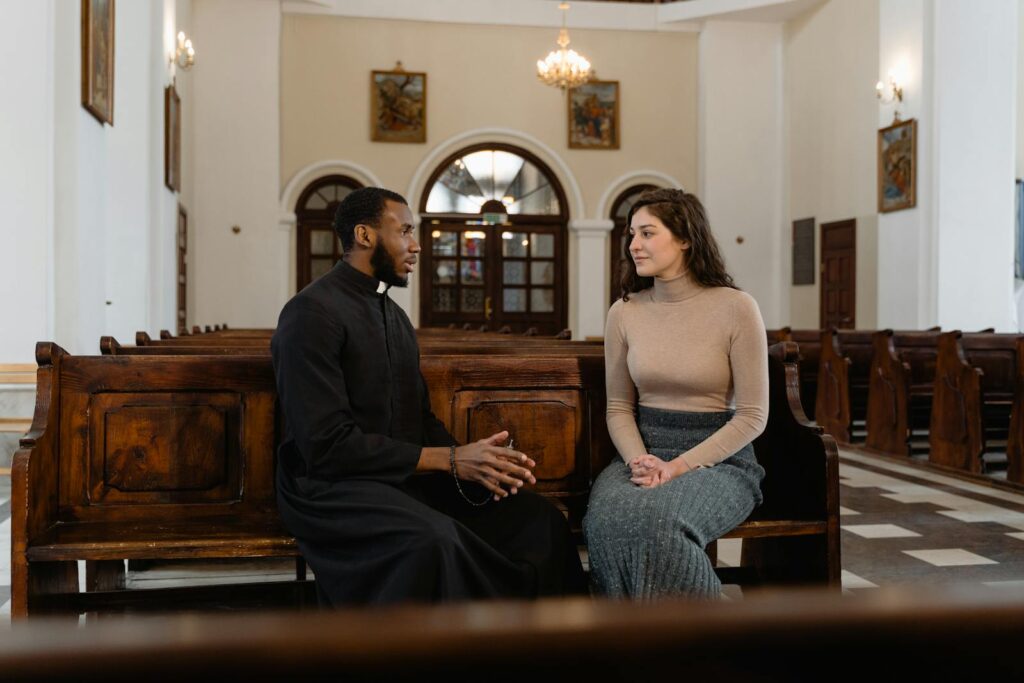
Many pews feel older these days. Young adults drift toward different spaces — online communities, local events, anywhere that feels alive. Church still matters to some, but its rhythm can feel out of touch. When sermons sound like lectures and nothing changes, it’s hard to stay interested. Leaders try new music or coffee gatherings, yet connection can’t be programmed. It has to feel real.
Balancing Tradition and Change
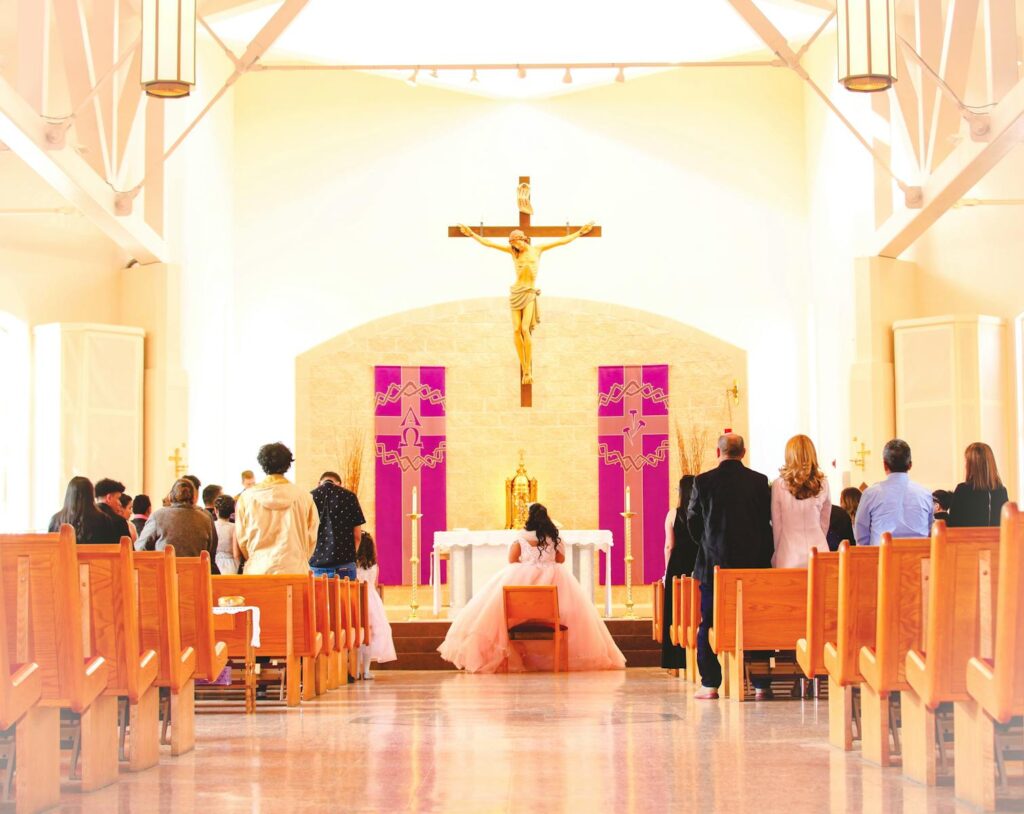
Older members want the hymns they grew up with. Younger ones ask for something new. Somewhere between those voices, the church tries to find its sound. The organ sits beside a guitar. The bulletin now shares space with a screen. Sometimes the mix works, but other times it feels awkward. Holding both past and present without losing either has become one of the hardest parts of worship.
Declining Attendance
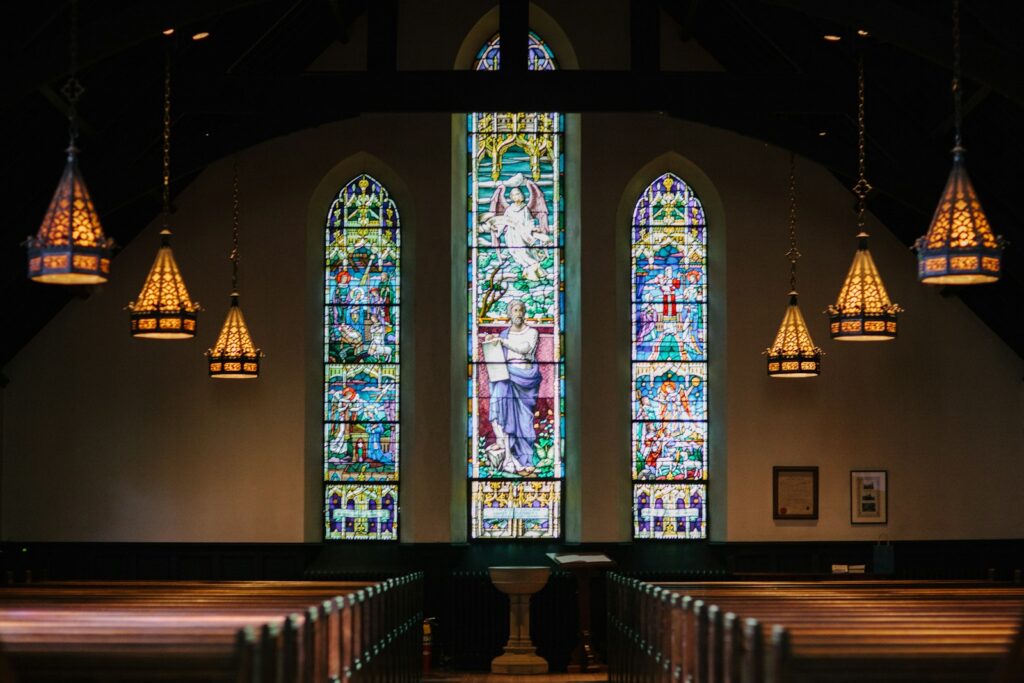
Empty chairs don’t happen overnight. They build slowly, as people skip one Sunday and then another. A few move away, some stop entirely. The room feels larger when the voices thin out. Leaders plan outreach and events, but habits have changed. Weekends look different now. Once you stop going, returning feels heavier than staying home. For many churches, the most challenging aspect is determining how to attract people back.
Financial Pressure

Lights still need to be paid for, even when donations shrink. Some weeks, the plate feels lighter. A leaky roof or broken heater can become a crisis. It’s not greed — it’s survival. Congregations once built on steady giving now rely on small groups to fill gaps. Pastors learn to stretch every dollar. The faith stays the same, but the math doesn’t always add up.
Volunteer Burnout
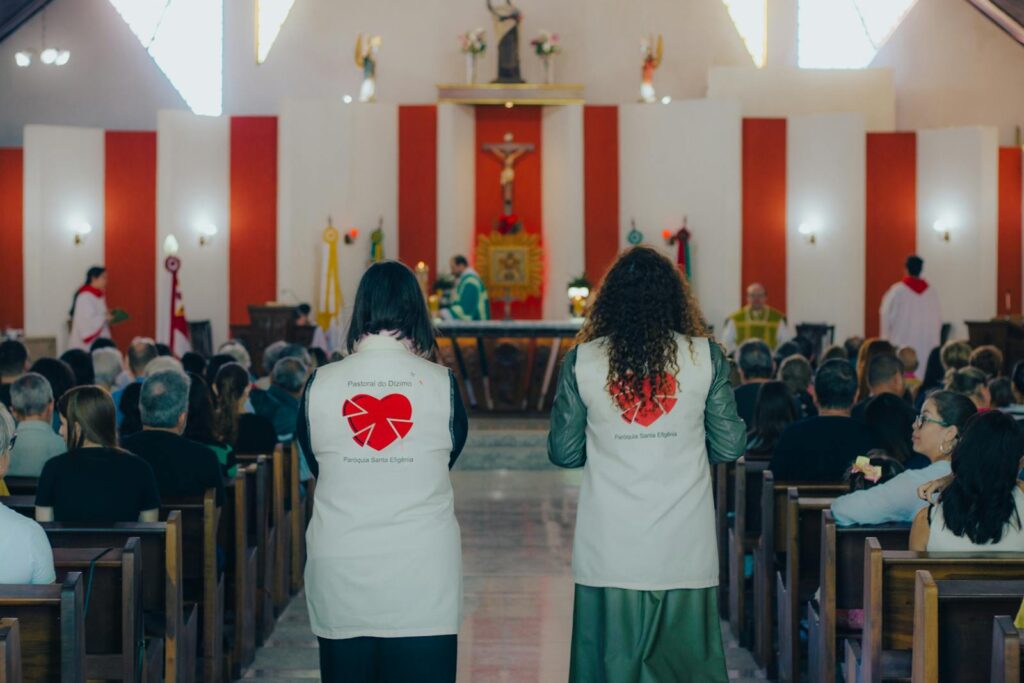
The same faces do most of the work — greeting, cleaning, setting up coffee. Good hearts, tired hands. When people step back, there’s often no one new to take their place. The effort feels endless, especially after years of holding things together. Some need a break, but breaks are rare. Without enough help, even simple tasks start to feel heavy.
Staying Relevant in a Digital World
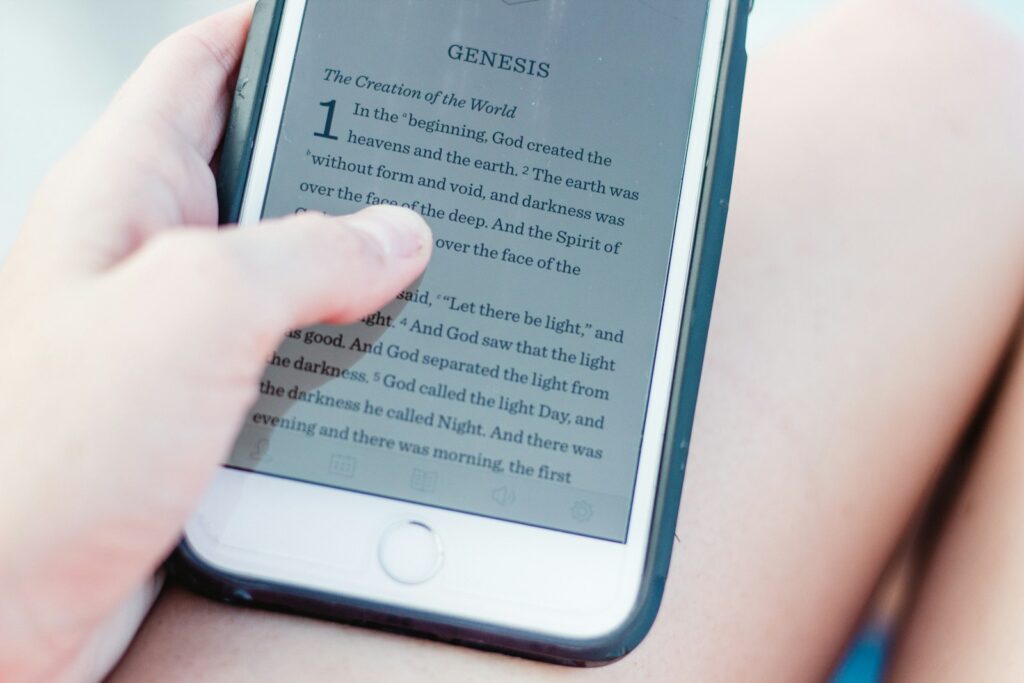
A sermon used to be heard only once. Now it competes with podcasts and videos online. Churches try live streams and online devotionals, but it is harder to hold people’s attention. Some thrive by adapting, others struggle to translate warmth through a screen. The message hasn’t changed, but how it’s heard has. Relevance now depends on how well faith fits into someone’s digital routine.
Leadership Fatigue
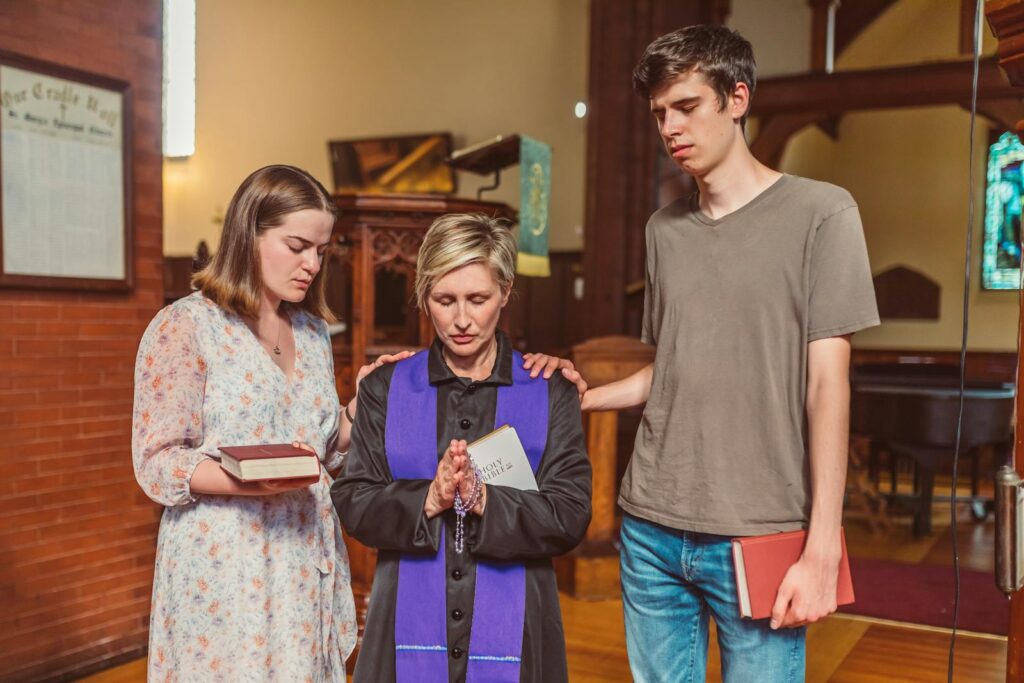
Pastors carry more than sermons. They plan, counsel, mediate, and hold space for everyone else’s pain. Over time, that weight shows. The desk piles up, sleep gets shorter, and joy feels distant. Some quietly admit they’re exhausted but keep going anyway. It’s hard to talk about burnout in a place built on hope. Yet even shepherds need rest to stay steady.
Loss of Community Spirit
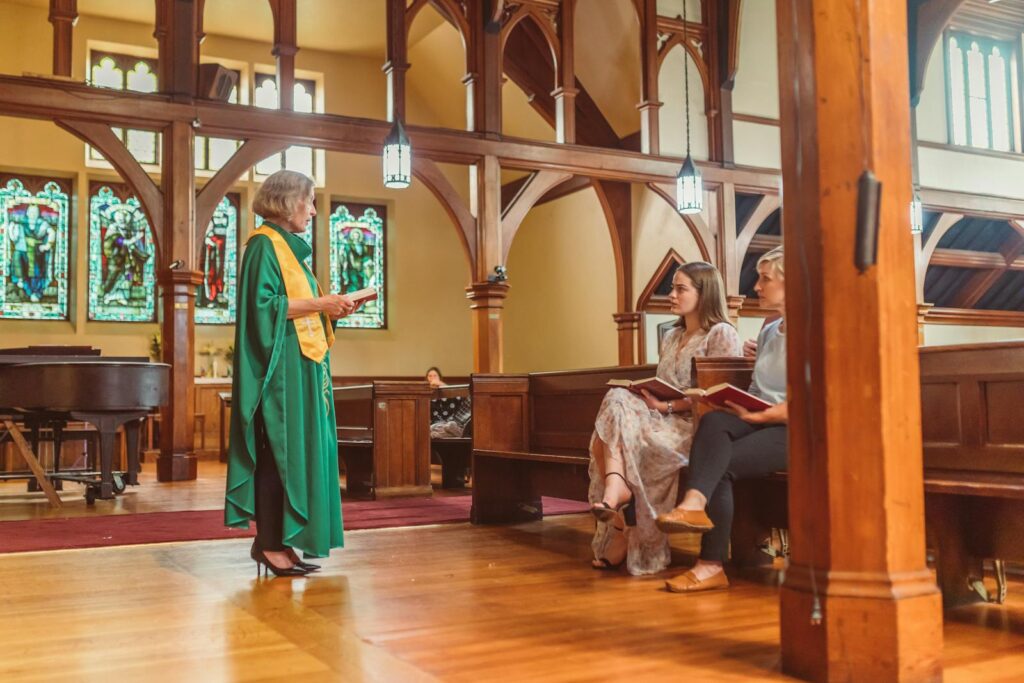
There was a time when the church was the heartbeat of the week. People stayed after service, shared food, and laughed in the hallway. Now, the rooms feel quieter. Folks come, sit, and head home. No one lingers for coffee or talks long in the parking lot. It isn’t about lost faith—it’s about lost rhythm. Rebuilding that sense of belonging takes more than programs. It takes people showing up again.
Handling Controversial Issues

Some topics split rooms faster than any sermon can heal. Be it any —politics, identity, climate, or justice — every issue seems to pull lines tighter. Pastors tread carefully, worried one wrong word could drive families away. Yet silence feels dishonest, too. Churches used to unite communities; now they sometimes mirror their divisions. Finding the balance between conviction and compassion isn’t easy when every view feels like a risk.
Generational Gaps
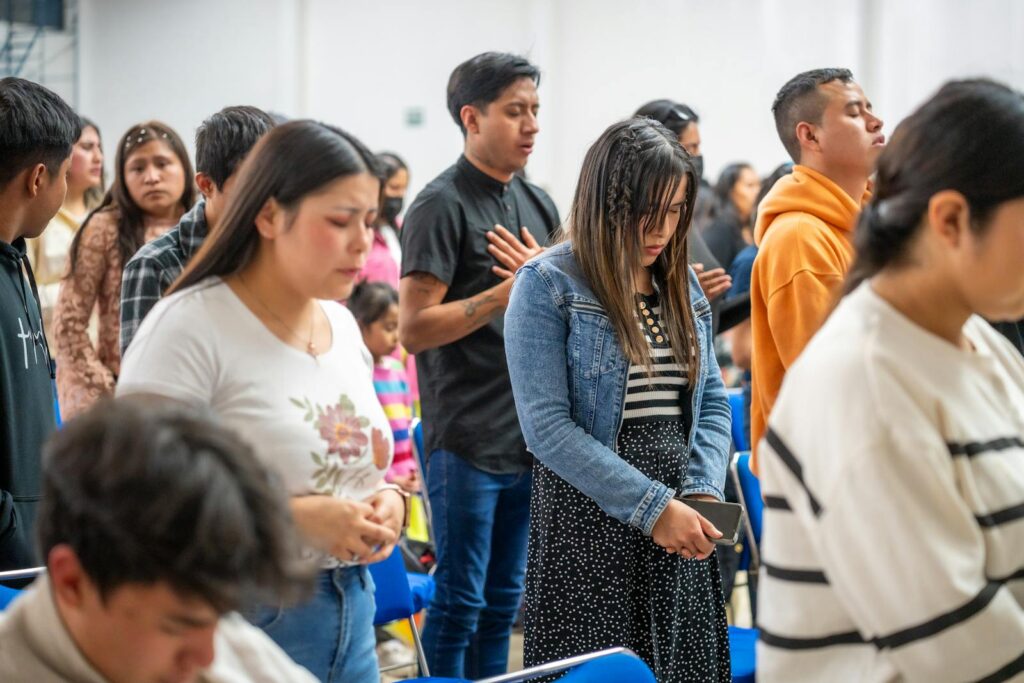
Sometimes it feels like two different churches share one building. The older members love hymn books and printed bulletins. The younger ones stream music and plan through group chats. Both care deeply but move at different speeds. Conversations often miss each other. Bridging that gap means more than compromise—it implies curiosity. When each side listens without trying to fix the other, understanding starts to grow again.
Decline in Trust
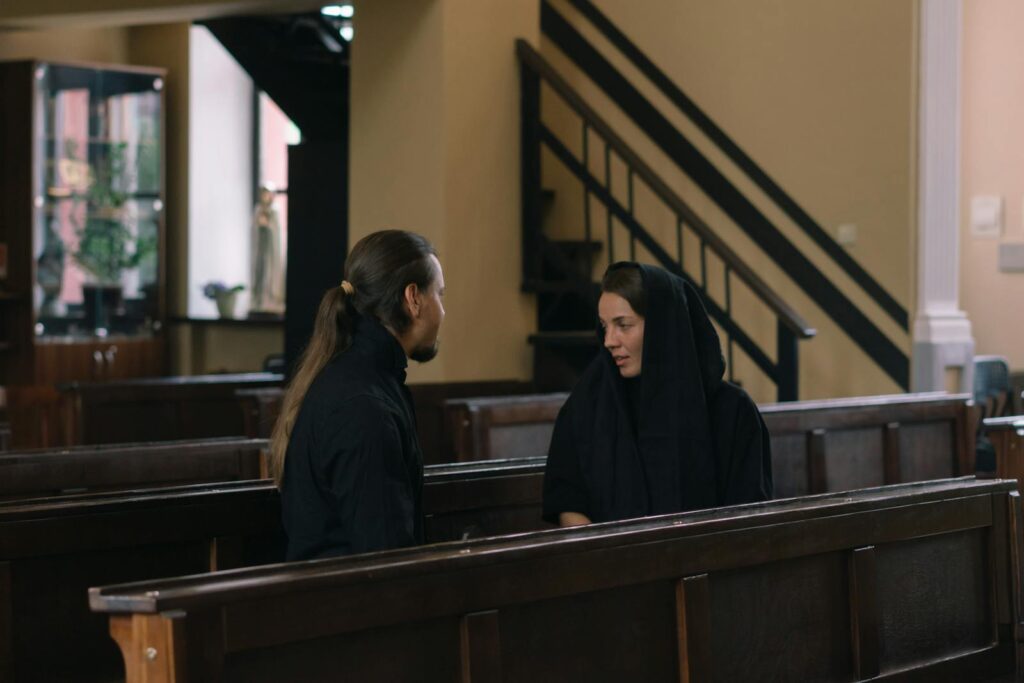
Trust used to be a given. Now, it feels earned in inches. Scandals and cover-ups have made people cautious. They still believe, just not as easily. Promises from the pulpit sound heavier than before. Churches try to rebuild through small, steady actions—being open, staying transparent, and showing consistency. There’s no shortcut for credibility. It’s built slowly, through quiet honesty that lasts longer than apologies.
Mental Health Struggles

There was a time when pain stayed private. People smiled through exhaustion, afraid to seem weak in a place meant for strength. Slowly, that silence is breaking. Churches now host quiet circles where people talk freely, and pastors admit they’ve had hard days too. Healing begins in those simple moments—someone crying without shame, someone else staying to listen.
Adapting to Cultural Shifts
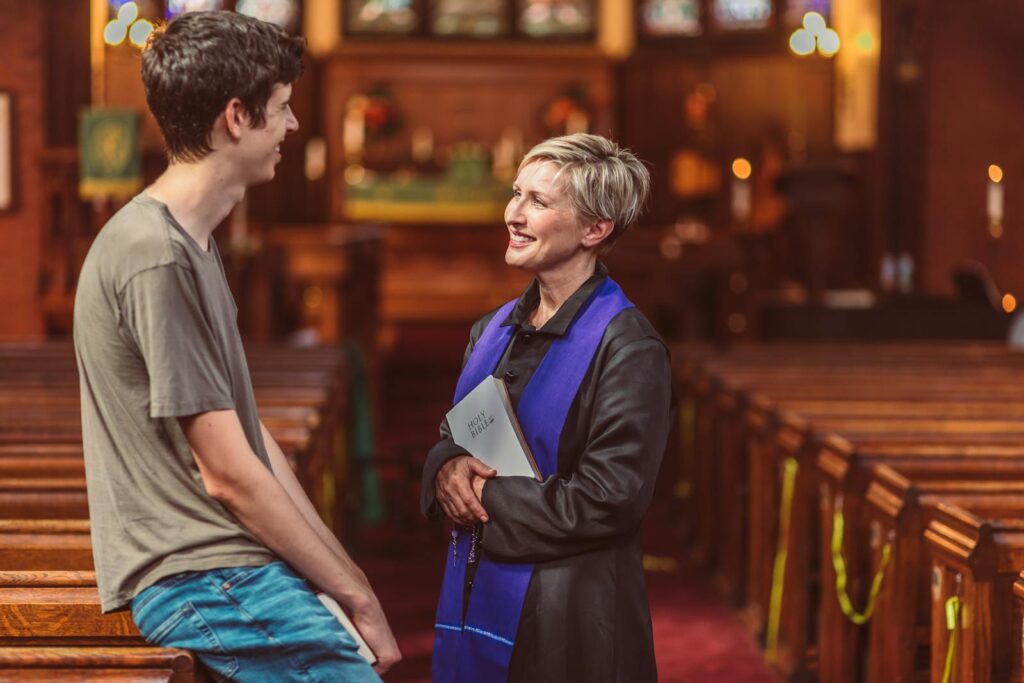
Every decade brings a new test. The world outside changes faster than most congregations can keep up. Families look different, conversations sound different, and the same verses raise new questions. Some churches try to keep pace. Others hold firm to what’s familiar. Neither path is easy. The challenge lies in staying true without closing off, learning how to meet change without losing the message that still matters.
Diversity and Inclusion

In many churches, diversity still feels like an idea rather than a habit. Posters show smiles from every background, but Sundays don’t always match the picture. True inclusion isn’t decoration—it’s sitting beside someone whose story feels nothing like yours. It means learning new songs, sharing food from different kitchens, and giving space for unfamiliar voices. Real unity takes patience, and most days, patience feels like work.
Crisis of Purpose
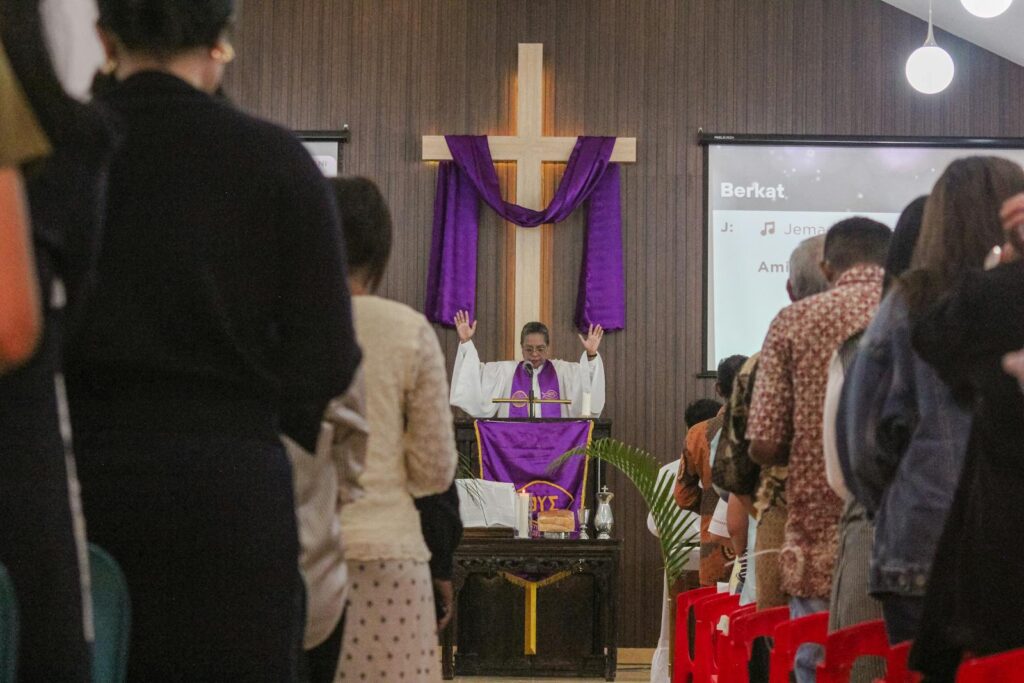
Some Sundays feel busy but hollow. The music plays, the announcements roll, and people nod along, yet something feels missing. The reason for being there—what it’s all meant to do—gets lost in the noise of schedules and programs. Churches used to move with a clear purpose, guiding both hearts and hands. Now, many remain faithful, but are unsure what their faith is working toward anymore.
The Challenge of Hope
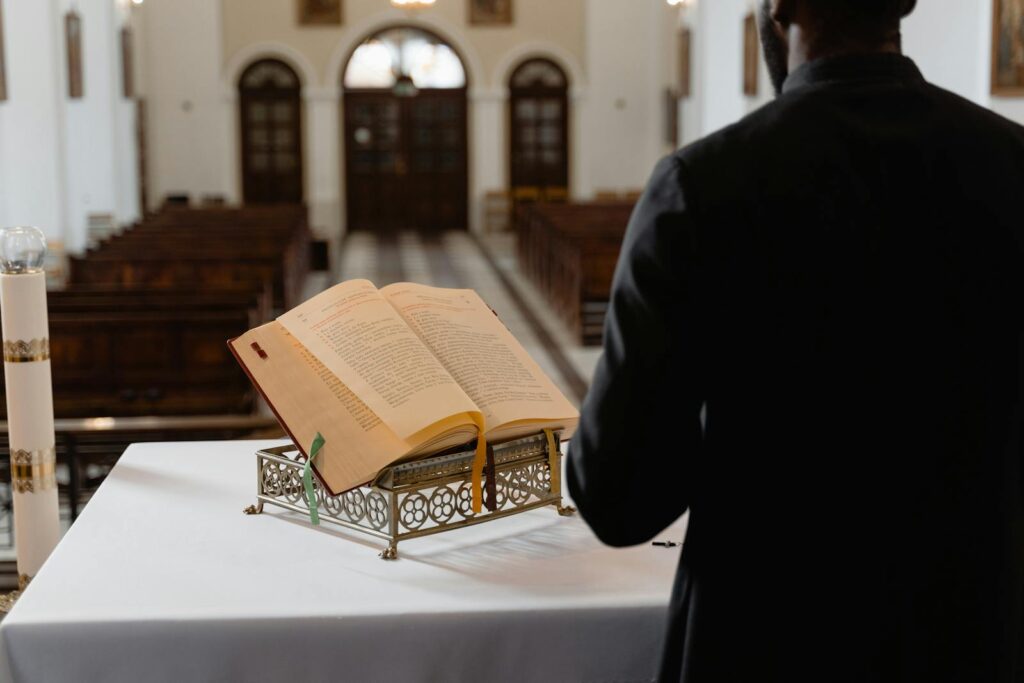
Hope has grown quieter with time. It’s found less in sermons and more in small gestures—a hand on a shoulder, a meal shared after service, a light still glowing in an empty hall. It isn’t loud or certain, but it stays. Even when numbers fall or plans fail, someone keeps unlocking the doors. That steady belief in tomorrow is what keeps the church breathing.

